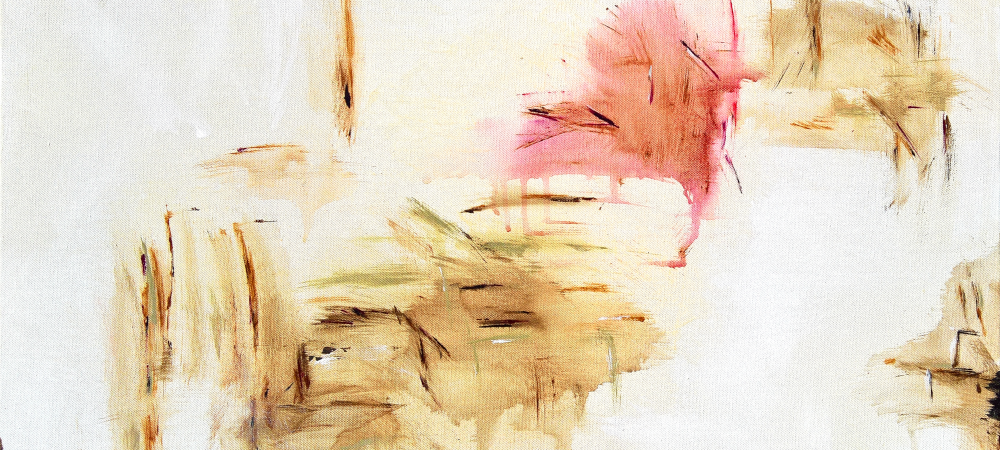Artistic techniques are the very essence of the art world, shaping the creative landscape and allowing artists to produce magnificent works that capture the imagination. From painting and drawing to sculpture and photography, these techniques are the building blocks of artistic expression. In this article, we will explore various art techniques, including some lesser-known ones, and delve into the rich tapestry of artistic methods that have shaped the visual arts throughout history.
The Art of Painting
Painting is perhaps the most recognized and celebrated form of artistic expression. Artists use a wide range of painting techniques to convey their ideas and emotions on canvas. From classical oil painting to contemporary acrylic painting, each medium has its own unique characteristics.
Oil Painting
Oil painting is known for its rich, vibrant colors and the ability to create intricate details. Artists like Leonardo da Vinci and Rembrandt mastered this technique, using it to craft timeless masterpieces. The sfumato technique, which creates a soft transition between colors and tones, is one of the hallmarks of oil painting.
Acrylic Painting
In contrast, acrylic painting is a more modern form of artistic expression. It offers artists the advantage of quick drying times and water-resistant properties. Acrylic paints can be used for both thin washes and thick impasto applications, making them a versatile choice for artists.
Watercolor Painting
Watercolor painting is another beloved medium, known for its transparency and luminosity. It has a rich history in both Chinese and Japanese art, with scroll paintings being a prominent example. This technique relies on the delicate balance of water and pigments to create stunning artworks.
Encaustic Painting
Encaustic painting is a lesser-known technique that involves using hot wax mixed with pigments. It has been used since ancient times, particularly in creating medieval icons. Encaustic painting allows for a unique texture and depth in artworks, making it a captivating choice for artists seeking to explore different ways of expression.
The Art of Drawing
Drawing is the foundation of many art forms, including illustration, sketching, and printmaking. It involves creating images by making marks on a surface, often with pencils, charcoal, or ink.
Pencil Sketching
Pencil sketching is a fundamental drawing technique that artists use to capture their ideas and create detailed, lifelike images. It is often the starting point for more complex artworks, serving as a blueprint for the final piece.
Charcoal Drawing
Charcoal drawing provides a unique and expressive way to create dark, bold lines and shadows. Artists like Michelangelo used charcoal extensively in their work, leaving behind a legacy of remarkable drawings.
The Art of Sculpture
Sculpture is a multidimensional art form that allows artists to shape materials into three-dimensional objects. Sculptors use various techniques to carve, mold, or assemble their creations.
Traditional Sculpting Techniques
Traditional sculpting involves the use of materials such as clay, marble, or bronze. Artists engage in ceramic forming to shape clay into intricate forms, a process that dates back thousands of years. Pottery techniques are closely related, showcasing the versatility of clay as a medium.
Multidimensional Art
In contemporary art, multidimensional art has gained prominence. It includes the creation of 3D artworks that extend beyond the confines of traditional sculpture. Artists explore diverse approaches to constructing multi-dimensional pieces, pushing the boundaries of what is possible.
The Art of Photography
Photography is a unique art form that captures moments in time with precision and realism. Photographers use different methods and techniques to manipulate light and composition to convey their artistic message.
Photographic Art
Photographic art encompasses a wide range of styles and approaches, from documentary photography to abstract experimental works. The development of new photographic technologies has expanded the possibilities for artists, giving rise to innovative photographic methods.
Exploring Art History
To truly appreciate the world of artistic techniques, it’s essential to delve into art history. Understanding the evolution of art in Western and Eastern cultures provides valuable insights into artistic principles, styles, and method development.
Fresco Painting
The fresco painting technique, famously employed by artists like Michelangelo in the Sistine Chapel, involves applying pigments onto freshly laid wet plaster. This method allows the artist to create enduring and breathtaking murals.
Tempera
Tempera painting relies on a mixture of pigments, water, and egg yolk as a binding agent. This method was particularly popular in the creation of illuminated manuscripts during the Middle Ages, resulting in intricate and colorful artworks.
Chinese and Japanese Art
Chinese and Japanese art have a rich history with distinct painting techniques. Chinese painting is often associated with calligraphy techniques and the expression of spiritual art. Meanwhile, Japanese painting is known for its depth and the artistic message it conveys.
The Art of Diversity
Artistic techniques are as diverse as the artists who employ them. From classical methods passed down through the ages to innovative contemporary approaches, artists continue to explore different ways to create art that captivates and inspires.
Conclusion
Artistic techniques are the heart and soul of the creative process, allowing artists to translate their thoughts, emotions, and visions into tangible works of art. Whether through painting, drawing, sculpture, or photography, these techniques have shaped the visual arts and continue to push the boundaries of what is possible. As artists explore new methods and embrace the rich history of art, the world of artistic techniques remains a vibrant and evolving realm of creativity.
So, the next time you encounter a mesmerizing artwork, take a moment to appreciate the mastery of creation that lies behind it, built upon the foundation of artistic techniques that have been perfected over centuries.
